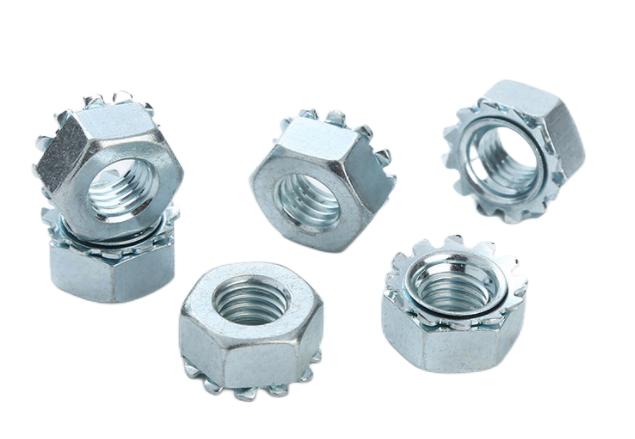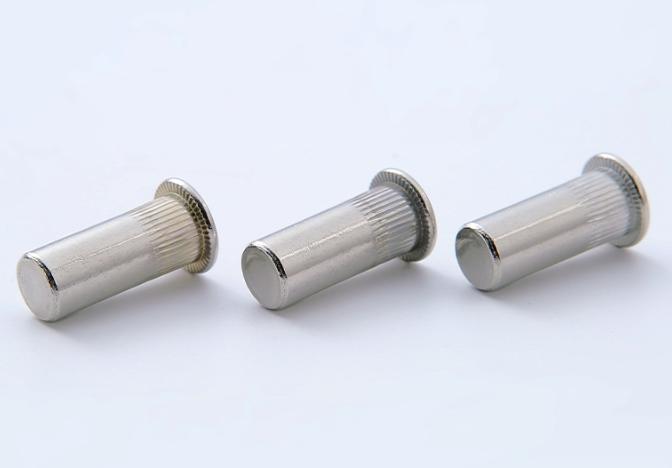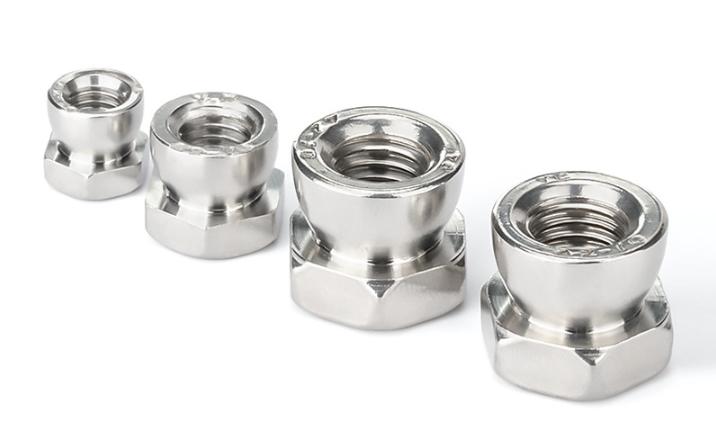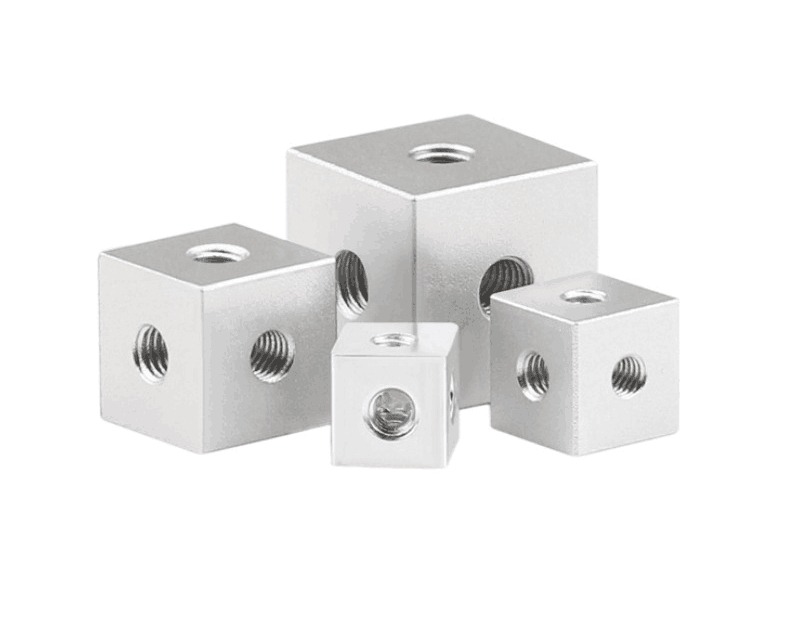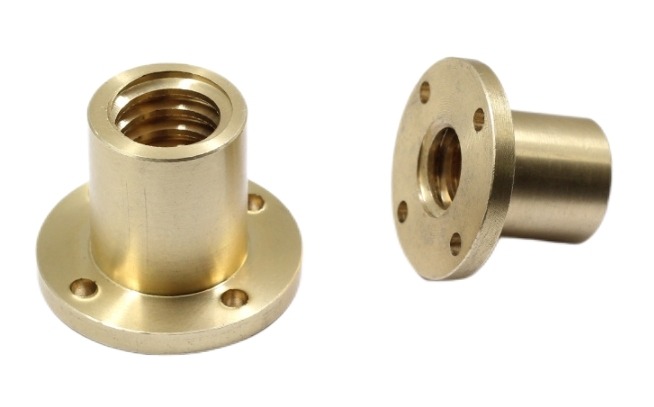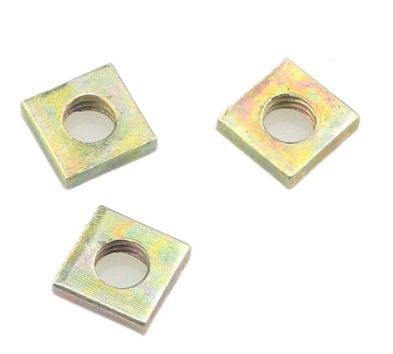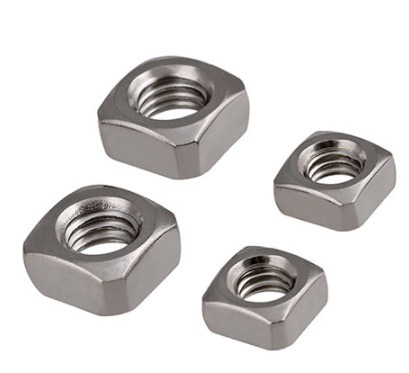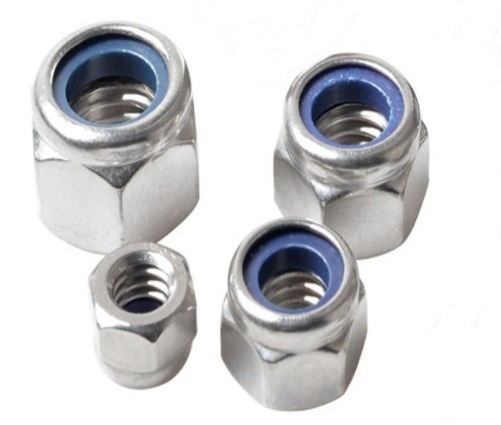What is Metal Injection Molding?
Metal injection molding is a manufacturing process that produces delicate metal components by combining tiny metal powders with a thermoplastic binder material. It is a ground-breaking manufacturing technique that combines the adaptability of plastic injection molding with the durability and strength of metal components. It provides a low-cost and high-precision technology for creating complex-shaped metal parts. This article mainly focuses on the topic of what is metal injection molding, exploring the aspects of its working, its benefits, and its applications.
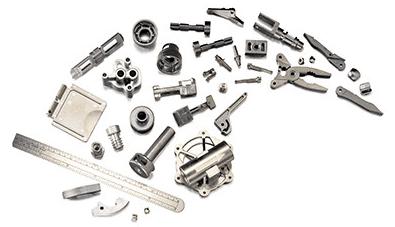
How does Metal Injection Molding Work?
The complete metal injection molding process blends injection molding precision with metal materials’ strength and endurance. To make complicated metal components, it combines the principles of plastic injection molding with powdered metallurgy.
Feedstock Preparation
The creation of a feedstock is the initial stage in metal injection molding. Fine metal powders ranging in size from 10 to 20 microns are combined with a thermoplastic binder material. The binder holds the metal particles together and allows the injection molding process to take place.
Injection Molding
Similar to standard plastic injection molding, the feedstock is heated to a molten condition and injected into a mold cavity under high pressure. The mold is intended to precisely form the finished metal component.
Debinding
The molded object is in a “green state” after injection molding and is made up of metal powder held together by a thermoplastic binder. The binder is subsequently removed from the green component via a debonding process. There are two types of debonding: solvent debonding and thermal debonding. Solvent debonding involves immersing the green part in a solvent that dissolves the binder. Thermal debonding, on the other hand, involves heating the green part to a temperature at which the binder material evaporates.
Sintering
After debonding, the part goes through a sintering process. The green component is heated to a temperature below its melting point in a controlled atmosphere. Metal particles fuse together during sintering, resulting in a fully dense metal component. The heat causes the particles to disperse and bind, removing porosity and improving the part’s strength and density.
Post Processing
Additional post-processing stages may be required depending on the specific requirements of the finished component. Heat treatment to improve mechanical qualities, surface finishing to obtain the desired surface texture or appearance, and machining or other secondary procedures to improve dimensional accuracy are examples of these.
What are the Benefits of Metal Injection Molding?
Complex Geometries
Metal injection molding enables the fabrication of complex-shaped metal components that would be difficult or impossible to produce using older technologies. It makes it possible to create delicate details, thin walls, and fine surface treatments.
High Precision
The metal injection molding process ensures consistency and durability in the finished items by providing great dimensional precision and tight tolerances. This makes it appropriate for applications requiring exact specifications.
Material Variety
Metal injection molding can make use of a variety of metals and alloys, such as stainless steel, titanium, cobalt-chrome, nickel-based alloys, and others. Because of this versatility, producers can choose materials based on the precise attributes needed for the application, such as strength, corrosion resistance, or magnetic capabilities.
Cost-Effective
Metal injection molding is a cost-effective alternative to traditional manufacturing methods for small to medium-sized production runs. It decreases material waste, eliminates the need for complex machining procedures, and streamlines the production process, resulting in cost savings.
Enhancing Mechanical Properties
Metal injection molding sintering produces totally dense metal products with better mechanical qualities such as high strength, hardness, and wear resistance. Metal injection molding parts have these qualities, which make them appropriate for demanding applications in industries such as automotive, aerospace, medical, and consumer electronics.
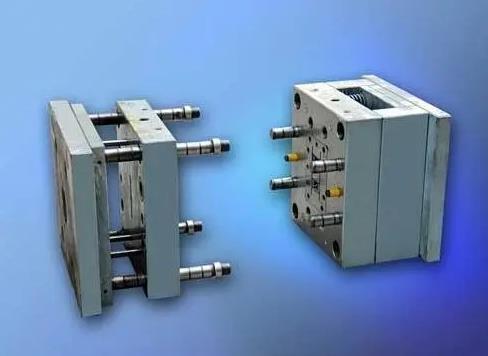
What are the Applications of Metal Injection Molding?
Metal injection molding (MIM) finds applications in various industries due to its ability to produce complex metal components with high precision.
Automotive Industry
In the automotive sector, metal injection molding is used to create components such as engine parts, transmission components, fuel system parts, sensors, and brackets. Its capacity to manufacture complicated designs and high-strength components makes it useful in this industry.
Medical and Dental
Metal injection molding is used in the medical and dentistry industries to create surgical equipment, orthodontic brackets, dental implants, and other medical devices. MIM makes it possible to manufacture small, complicated components with the tight tolerances required for these applications.
Electronics and Electrical Industry
In the electronics and electrical industries, metal injection molding is used to make connectors, terminals, sensor housings, and other electronic components. MIM provides the dimensional accuracy, electrical conductivity, and ability to manufacture complicated forms required for these applications.
Firearms
Metal injection moulding is used to make firearm components such as triggers, hammers, magazines, and other complicated parts. Metal injection molding parts are suited for gun manufacturing due to their high precision and strength.
Consumer Goods
Metal injection molding is utilized in the production of a wide range of consumer goods, including watches, jewelry, locks, and small metal components for everyday products. MIM enables sophisticated designs and the fabrication of high-quality, long-lasting components.
Aerospace and Defense
Metal injection molding is used in the aerospace and defense industries to make components such as connectors, fasteners, and other important parts. In these challenging industries, MIM’s ability to create complicated geometries and high-strength materials is helpful.
Industrial Machinery
Metal injection moulding is used to make industrial equipment components such as gears, hinges, and brackets. MIM’s capacity to make high-accuracy, high-strength parts contributes to the efficiency and dependability of industrial machines.
Energy and Renewable Industries
Metal injection molding is used in the energy and renewable industries to make components for turbines, solar panels, and energy storage devices. Metal injection moulding’s capacity to make complicated and high-strength components contributes to the performance and efficiency of these systems.
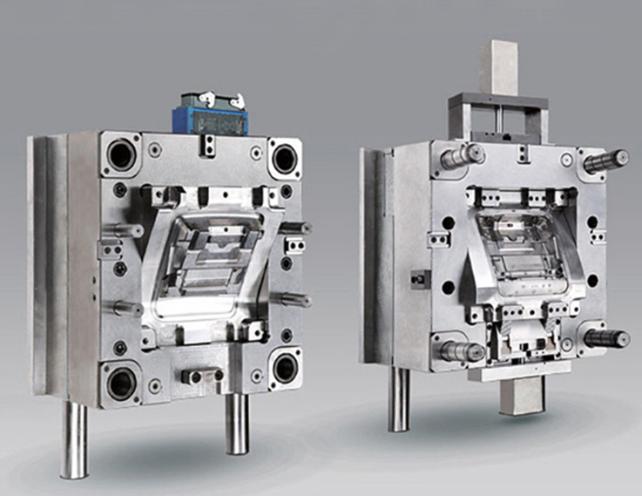
Summary
Metal injection molding has transformed the metal production business by providing a low-cost, high-precision method of making complicated metal components. With its numerous advantages and wide-ranging applications, the metal injection molding process continues to push the boundaries of what is possible in metal manufacturing, opening up new possibilities for innovative designs and improved product performance.

